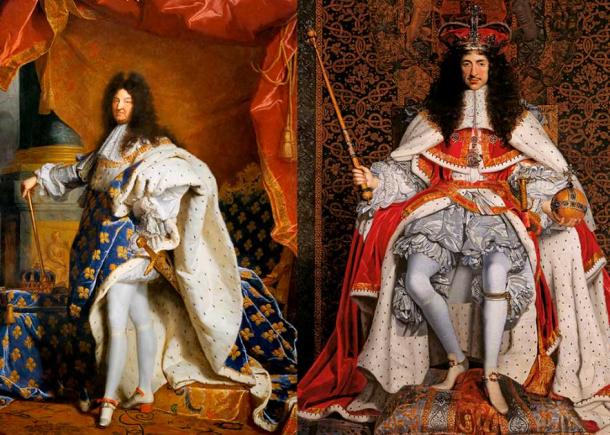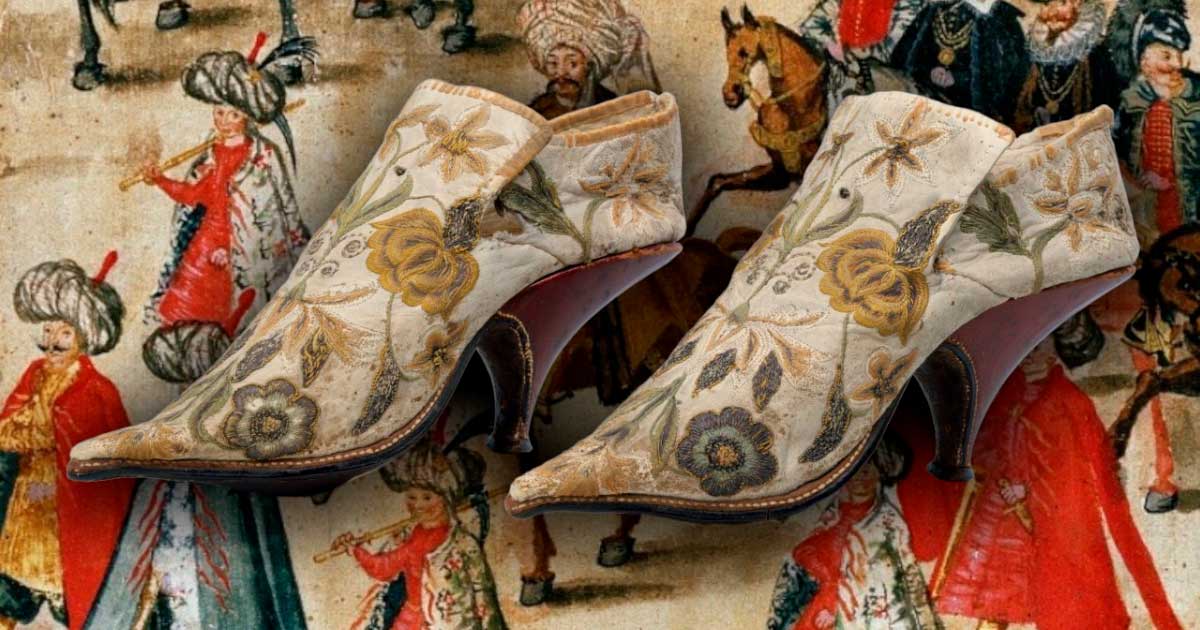High Heels Were Originally Worn By Men
A lifetime critic of the self-inflicted pain of high heels, I’ve never understood why anyone would wear them when the risks involved are so well known. From ingrown toenails, back problems or arthritis, high heels are the epitome of impractical and the bane of podiatrists. The answer is actually quite complex and deeply entrenched within the historic tides of culture and acceptable behavior.
The shoe is intimately connected to changing fashions and beliefs relating to power, class and gender. While these days high heels are symbols of sexuality and femininity (and I would add, sheer madness), they were originally created as practical shoes for men - despite their inappropriateness for walking.
Surprisingly, the high heel originated in the Near East as a kind of riding boot, with a similar function as the block-heeled cowboy boot of today. As far back as the 10th century, the Persian army, who has been remembered for its mounted archers, used high-heeled shoes to ensure they wouldn’t fall off their saddle as they charged their enemies on horseback with their bow and arrow in hand.
“When the soldier stood up in his stirrups, the heel helped him to secure his stance so that he could shoot his bow and arrow more effectively,” explained Elizabeth Semmelhack, author of Heights of Fashion: A History of the Elevated Shoe and Senior Curator of the Bata Shoe Museum of Toronto, in the BBC.
Through trade relations and travels, the Persian high heel fashion spread to Europe, particularly thanks to a diplomatic mission sent by Shah Abbas I in 1599. Viewed as highly virile and innately masculine, variants of the Persian high heels soon found their way onto the feet of noblemen.

Louis XIV of France by Hyacinthe Rigaud in 1701, with his famous red high heels, on the left. (Public domain) Charles II of England in his coronation robes and high heels, by John Michael Wright circa 1661, on the right. (Public domain)
One particularly posh fan was Louis XIV, who embellished his height by wearing 4 inch (10cm) heels, dyed in luxurious red. Charles II of England also wore red heels in his 1661 coronation portrait. Men in the 17th century did their best to show off their calves and legs using tights, britches and high heels.
This was an era during which high status and privilege was demonstrated in some of the most ludicrous ways. High heels were at the top of the list. Soon aristocratic women began using high heels too, as only workers out in the field needed to wear comfortable shoes.
When men’s fashion became more functional with the Age of Enlightenment, women’s fashion took a distinctly different turn. In what has been termed “The Great Divide,” in an exhibition curated by the Bata Shoe Museum, men stopped wearing high heels, while women’s heels became taller, pointier and more delicate. In other words, the high heels sported by women became ideal for the “weaker” and “irrational” sex.
Top image: Composite image of French men’s shoes dating back to circa 1690 with image of a Persian ambassador, wearing high heels on visit to Poland in 1605, in the background. Source: Public domain & Public domain
By Cecilia Bogaard



















